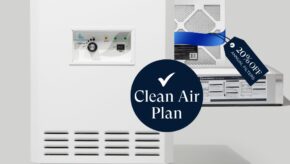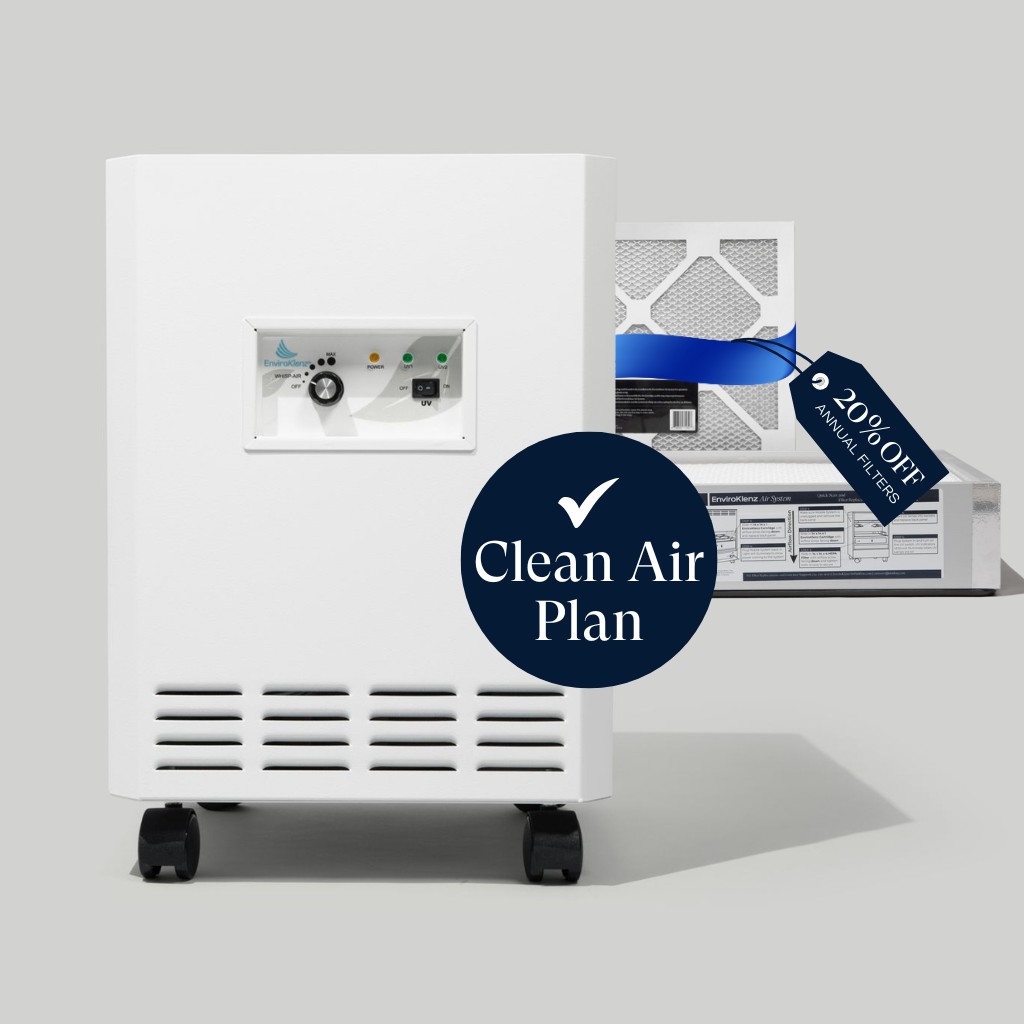EnviroKlenz® in a Public School in the Midwest
An indoor air quality case study.
Study Background
EnviroKlenz conducted case studies with educational partners at various locations in the United States during the COVID-19 pandemic. EnviroKlenz Air System Plus was deployed and operational alongside an air meter that measures and records particulate matter. The EnviroKlenz Air System utilizes multi-stages of filtration consisting of patented technology for a broad array of contaminates, UVC (254 nm wavelength), and HEPA. The air meter provides real-time estimates of particulate matter concentrations (PM1, PM2.5, PM10) and particle size distribution using a combination of multiple light scattering-based particle sensors.
The systems ran in operational educational environments with daily schedules being carried out as usual.
Increases and decreases in the particulate matter were observed as expected given the conditions with the air monitor.
The results from this case study with the EnviroKlenz Air System Plus were compared to particulate matter data from the Environmental Protection Agency (EPA). From 2000-2019, the EPA, through a nationwide network of over 400 monitoring sites, developed ambient air quality trends for PM 2.5 particle pollution, representing fine inhalable particles, with diameters that are generally 2.5 micrometers and smaller. In the EnviroKlenz case studies, a broader range of particles was monitored, all with similar trends, but for illustration purposes, the data collected aligned to the size range of the EPA data is shown by plotting the national standard and the top 10 percentile for air quality for comparison.
Test Details
Testing Period: Two Weeks
Setting: Classroom in a School
Equipment Used: (1) EnviroKlenz Air System Plus and (1) lab-grade aerosol measurement instrument. Readings were captured in the ranges of PM10, PM2.5, and PM1 (sub-micron-sized)
Running Time: The EnviroKlenz Air System Plus is run only during school hours.
Monitor status: Kept on throughout the testing period
Observation: Increase, or spikes, were observed at higher traffic points of the day when students were more likely to be entering, moving, or leaving the facility.
At a midwestern city urban school, the air systems showed a steady overall decrease in particulate matter (PM 2.5) over a 2-week monitoring period. The building did have central heating and air in this site that helps steady air quality readings with air exchange. Increase (or spikes) were observed at higher traffic points of the day when students were more likely to be entering, moving, or leaving the facility.
The EnviroKlenz Air System helped keep the air quality higher than the EPA national standard for 2.5 particulate matter, and much of the time in the top 10 percentile. This illustrates the benefit of supplemental air systems that can capture and mitigate a broad array of environmental contaminants as they enter or are stirred up the air space without needing to circulate fully out of the room with air exchange.







